May the Sun Shine on a Liberated Palestine
I wanted to create a piece that explicitly expressed transnational feminist solidarity between my home, Antigua & Barbuda (and the Caribbean, by extension), and Palestine.
I decided to go about doing this by depicting two women adorned in, and surrounded by, important cultural symbols. Their hands are interlocked in dance and protest — one pair of hands intertwined, the other flying the Palestinian flag high.
Each woman is wearing the national dress of her respective country. I did this, not only to underscore the shared history of colonialism and subjugation between Palestine and Antigua & Barbuda, but to emphasize the expression of autonomy, national identity, history, and culture that donning the national dress affords.
The Palestinian woman to the left is wearing embroidered thobes, with the colours of the flag incorporated into the dress. I wanted the embroidery to recall tatreez, a special form of Palestinian embroidery in which important familial, regional, historical, and cultural information and symbols are woven into fabric. This practice is a powerful mode of preserving and passing down culture and heritage — which is especially important in the face of genocide.
Reinforcing this idea of resistance through art and dress is the headscarf that she’s wearing — a keffiyeh, which is a symbol of Palestinian resistance, revolution, unity, and solidarity.
Moving on to the Antiguan woman on our right, she is wearing Antigua & Barbuda’s national dress — a key feature of it being the presence of madras in its composition. Antigua & Barbuda became an independent nation in 1981, and the madras textile was selected as a symbol of cultural identity that recalls our history of colonialism and slavery.
Moreover, our national dress was designed by Antigua & Barbuda’s very own Heather Doram, which emphasizes this idea of expressing autonomy and cultural identity through the national dress. For the Antiguan woman’s hair, I added beads — the colours of the Palestinian flag — at the end of her braids in an additional show of solidarity.
On the Antiguan flag, blue is a colour that symbolizes hope, while the sun represents the dawn of a new era. I wanted to incorporate those ideas into the background of this piece. Most of the background is blue, for hope. Meanwhile, the sun rising behind the Palestinian flag — in addition to the smaller circle of light behind the women’s clasped hands — is meant to assert Palestine’s continued existence and highlight the power of solidarity in revolution. The sun, here, is meant to symbolize hope, determination and the dawn of a new era — accentuated by the growing vines across the piece.
May the sun shine on a liberated Palestine.
Access a downloadable file of this art piece.
Please credit the artist: L.E.M., Intersect Antigua


